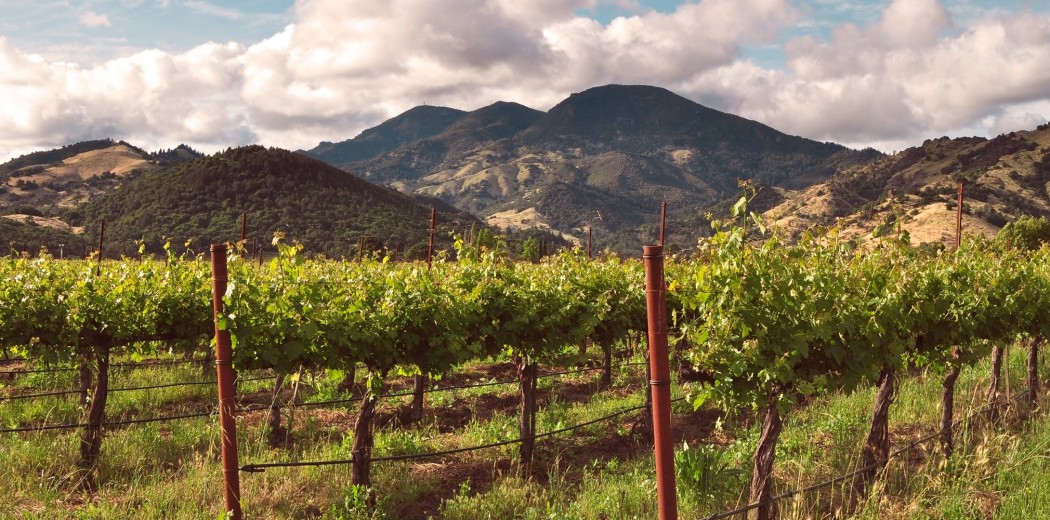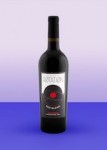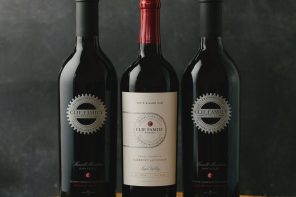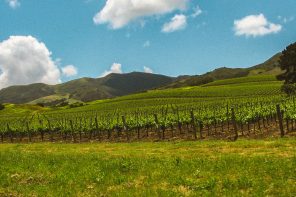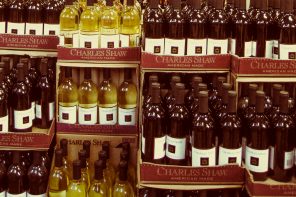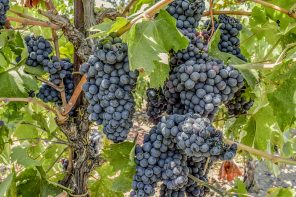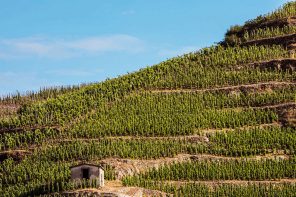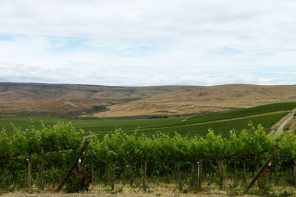When it comes to discussing the great wines of the world, American wines often get left in the dust – that is, unless you’re talking about Napa Valley. Known for its big, bold varietal wines, it’s no surprise these famed bottles quickly won the hearts of both consumers and critics alike. The success of America’s present day wine industry has Napa to thank for many of its initial victories (hello, Judgement of Paris! No worries, we’ll get to that in a minute.) Here’s all you need to know about the USA’s biggest and baddest AVA.
The wines of Napa are considered to be the starting point for many new wine drinkers’ inevitable addiction – and it’s not hard to understand why. Their bold, fruit-forward and incredibly smooth flavor profiles make the juice extremely easy to drink, especially for those not yet used to the potentially acidic and higher tannic profiles present in some other wines. While the region is especially known for its celebrated varietal, Cabernet Sauvignon, many other varieties such as Merlot, Chardonnay, Pinot Noir and Sauvignon Blanc also thrive in the region’s multiple microclimates.
The Napa Valley is bordered by mountains on either side; the Mayacamas range to the west, and the Vaca Mountains to the east. The valley is made up of many slopes and smaller valleys, resulting in an array of microclimates and significant topographical diversity amongst the 16 sub-AVAs. Soil types differ throughout specific parts of the region, though abundant sunshine and generally Mediterranean climate prevail.
Although Napa’s fame truly came to life in the 1960s, wine production in the area dates back well into the 1800s. The first commercial winery was established by Charles Krug in 1861; since then, over 400 wineries have popped up in the larger Napa Valley region, which is broken down into 16 smaller sub-regional AVAs. Currently, the region sees over four million wine-seeking visitors annually, making it one of the busiest wine-focused destinations in the world.
Though with great power generally comes a few initial setbacks. In the late 1800s, the dreaded phylloxera pest riddled the area, ruining tons of the region’s highly prized vineyards. Shortly after, Prohibition devastated America’s alcohol industry, followed by the Great Depression. However, in May of 1976, a blind tasting between the wines of California and Bordeaux was held in Paris; to most people’s surprise, the two underdog bottles of California wine beat out the Bordeaux greats. Their respective homes? Calistoga and Yountville, both of which are found in Napa.
Despite the fact that the established AVA is only less than 40 years old, it’s no surprise as to why this near-perfect region was named California’s first. Discover for yourself just how much diversity can take place in a thirty mile span through the wines of Napa today!

